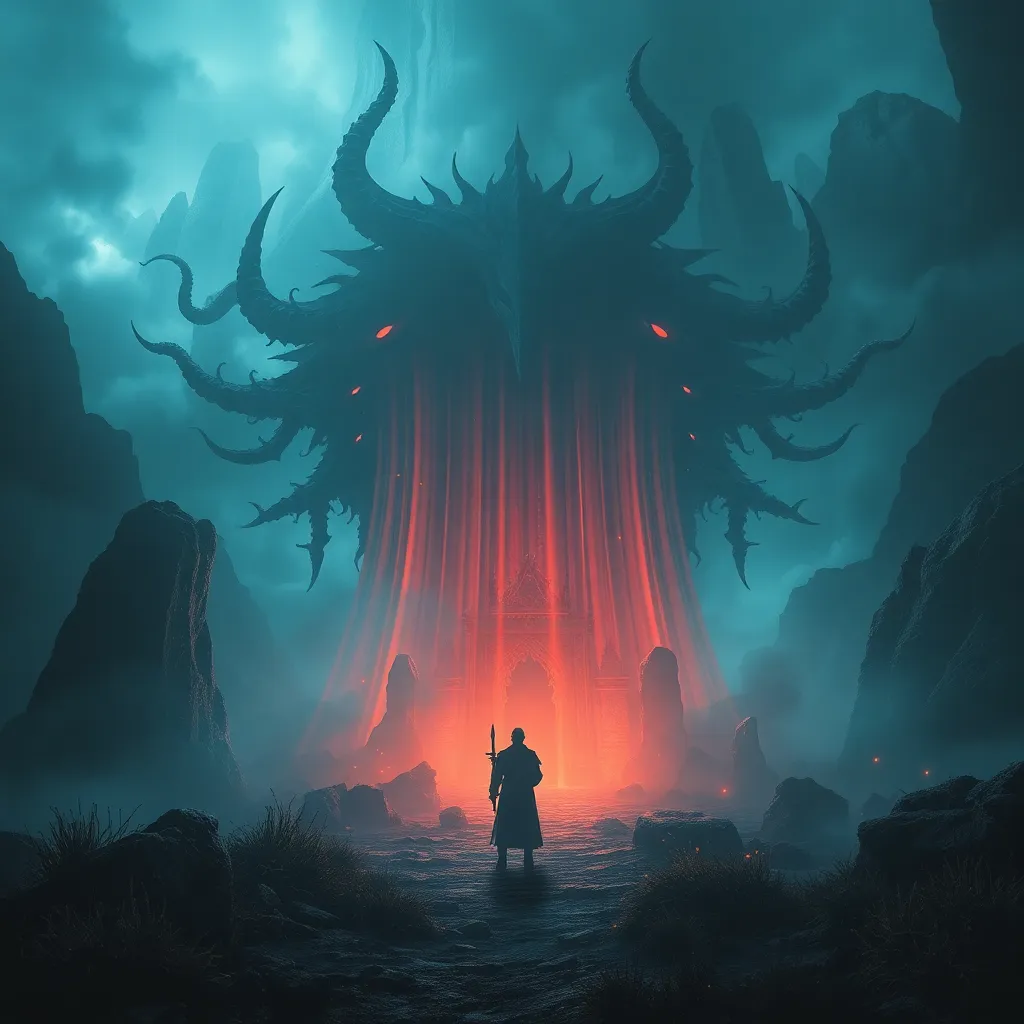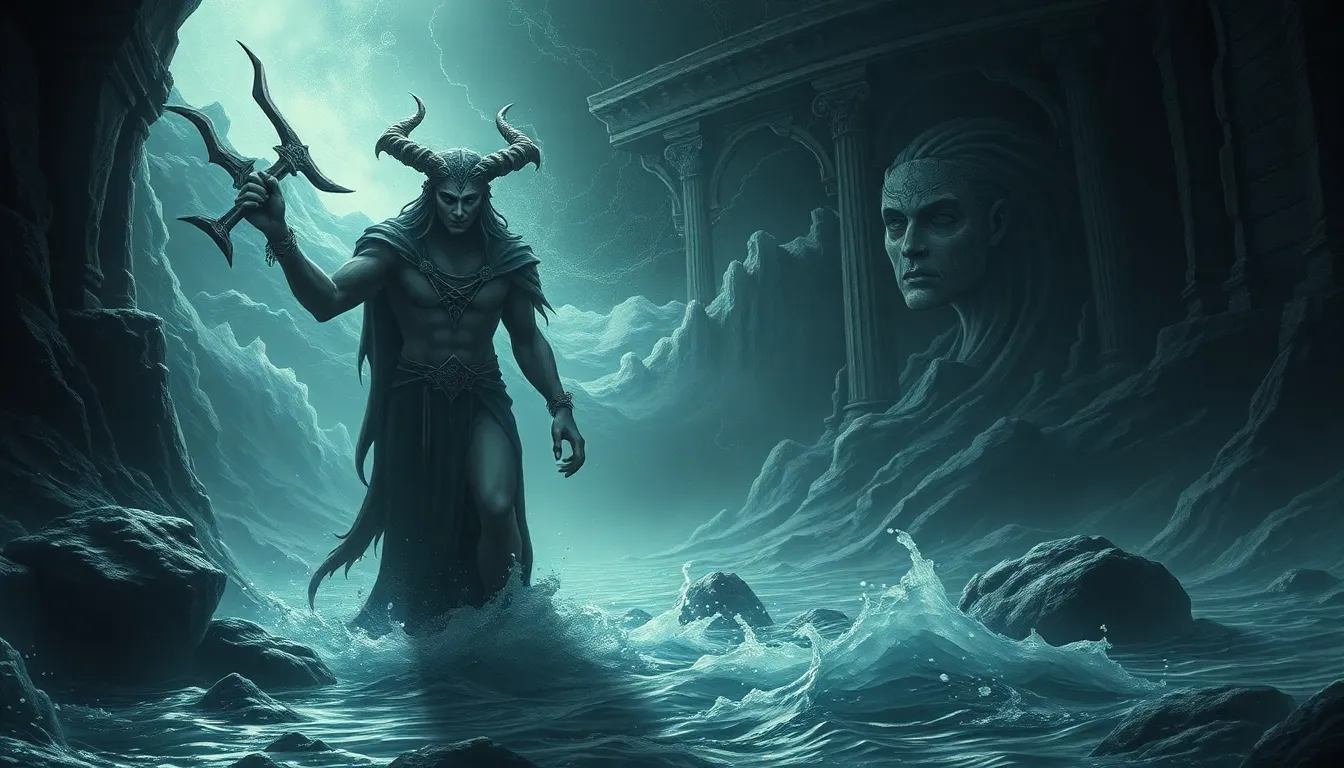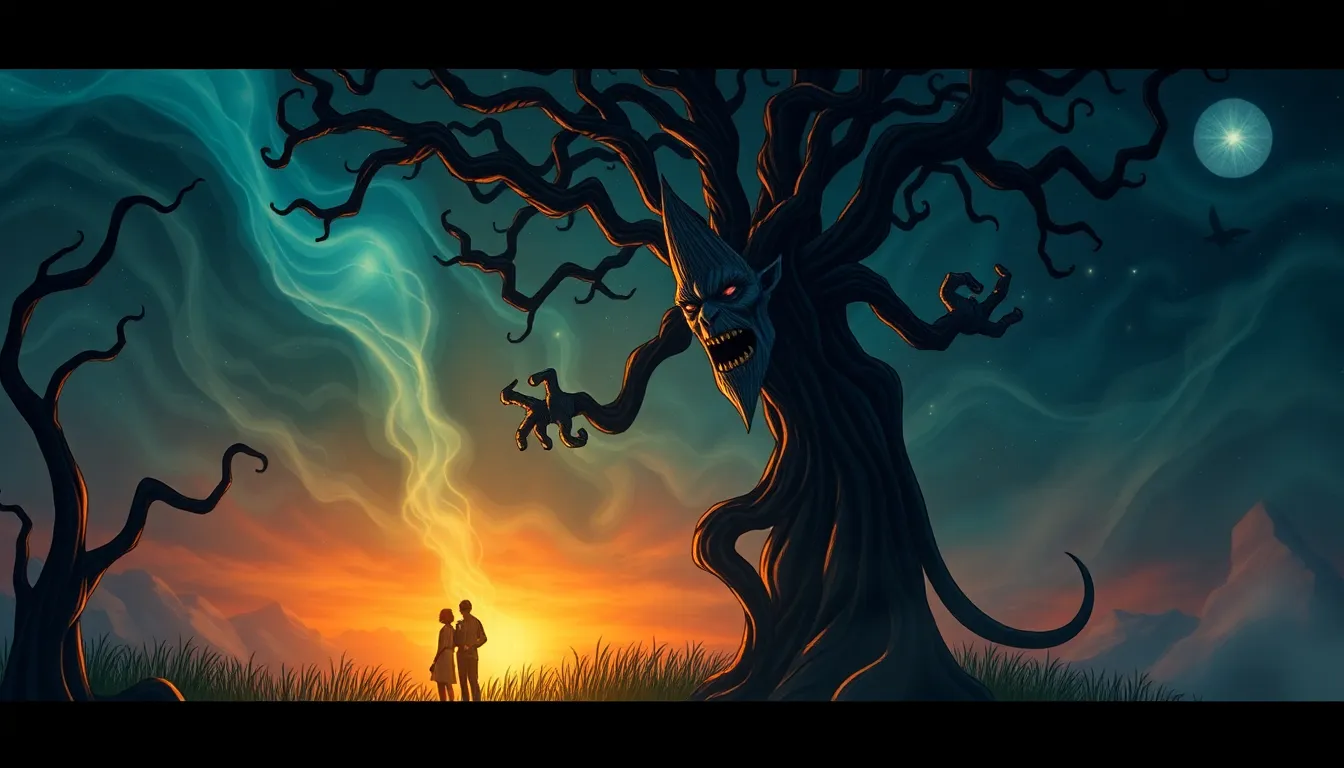Beyond the Veil: Unveiling the Huldra’s Mystical Origins
I. Introduction
The Huldra is a captivating figure in Scandinavian folklore, often depicted as a beautiful woman with long hair, a cow’s tail, and a mysterious aura. Legends surrounding her are rich and diverse, reflecting the cultural tapestry of the Nordic countries. As we delve into the origins and significance of this enchanting creature, we uncover layers of meaning that resonate with the human experience, nature, and societal values.
Exploring the mystical origins of the Huldra is essential for understanding not only her role in folklore but also the broader implications of such myths in shaping cultural identities. This article aims to provide a comprehensive examination of the Huldra, her characteristics, her evolution through history, and her lasting impact on contemporary culture.
The structure of this article will guide readers through the folklore surrounding the Huldra, her historical context, symbolism, cultural significance, representation in modern media, and the efforts to preserve her legacy.
II. The Huldra in Scandinavian Folklore
A. Description and characteristics of the Huldra
The Huldra is traditionally portrayed as a stunningly beautiful woman who resides in the forests and mountains of Scandinavia. She is often described with the following characteristics:
- Long, flowing hair, usually blonde or light-colored.
- A cow’s tail, which she cleverly conceals under her clothing.
- A mesmerizing and enchanting voice that can lure men into the woods.
- A connection to nature, often depicted as tending to animals or living in harmony with the forest.
B. Regional variations of the Huldra myth
The Huldra’s portrayal varies significantly across different regions of Scandinavia:
- In Norway, she is often seen as a guardian spirit of the forest, while in Sweden, she is sometimes depicted as a more malevolent figure.
- Danish tales may emphasize her role in the agricultural landscape, where she can be both a protector and a trickster.
C. The role of the Huldra in cultural storytelling
The Huldra serves as a pivotal character in many folktales, often embodying themes of seduction, nature’s beauty, and the dangers of straying from the path. Her stories reflect the complexities of human relationships with nature and each other, highlighting moral lessons and cultural values.
III. Historical Context and Evolution of the Huldra Legend
A. Origins of the Huldra in pre-Christian beliefs
The roots of the Huldra can be traced back to pre-Christian beliefs in animism and nature spirits. Early Norse peoples revered the natural world, believing in various supernatural beings that inhabited the forests, rivers, and mountains.
B. Influence of Norse mythology and pagan practices
The Huldra’s characteristics and stories have been influenced by Norse mythology, particularly figures such as the goddess Freyja, who embodies beauty and fertility. Pagan practices that focused on the reverence for the earth and its spirits contributed to the Huldra’s mystique and allure.
C. Transformation of the Huldra through the ages
As Christianity spread through Scandinavia, the Huldra’s image began to shift. She was often demonized in Christian narratives, portrayed as a seductress leading men to their doom. Yet, despite these changes, her essence as a powerful female figure connected to nature persisted.
IV. Symbolism and Archetypes Associated with the Huldra
A. The Huldra as a symbol of nature and wilderness
The Huldra embodies the untamed aspects of nature, representing both its beauty and its dangers. She serves as a reminder of the wilderness’s allure and the importance of respecting it.
B. Gender roles and femininity in Huldra narratives
In many tales, the Huldra reflects societal views on femininity, often portrayed as both nurturing and destructive. Her dual nature symbolizes the complexities of womanhood and the role of women in folklore as both creators and destroyers.
C. The Huldra as a cautionary figure in folklore
Often seen as a cautionary figure, the Huldra warns against the perils of temptation and the consequences of straying from societal norms. Her stories serve as moral lessons, emphasizing the need for caution in relationships and interactions with the unknown.
V. Cultural Significance and Regional Variations
A. The Huldra in Norwegian, Swedish, and Danish traditions
Each Scandinavian country has its unique interpretation of the Huldra. In Norway, she is often a benevolent figure who helps lost travelers, while in Sweden, she may be portrayed as more mischievous. In Denmark, her stories often blend with agricultural themes, showcasing her role in rural life.
B. Comparisons with other mythical beings (e.g., fairies, nymphs)
The Huldra shares similarities with other mythical beings across cultures, such as:
- Fairies in Celtic folklore, who also embody nature’s beauty and peril.
- Nymphs in Greek mythology, often depicted as beautiful maidens associated with water and forest.
C. The impact of the Huldra on modern Scandinavian culture
Today, the Huldra continues to influence Scandinavian culture, appearing in literature, art, and festivals. Her enduring presence reflects a fascination with folklore and a desire to connect with cultural roots.
VI. The Huldra in Contemporary Media and Art
A. Representation in literature, film, and visual arts
In contemporary media, the Huldra has made appearances in various forms:
- Books that explore Nordic myths often feature the Huldra as a key character.
- Films and television shows have integrated her stories, showcasing her allure and mystery.
- Artists have depicted the Huldra in paintings and sculptures, capturing her ethereal beauty.
B. The resurgence of interest in folklore and mythology
With a growing interest in folklore and mythology, the Huldra has gained renewed attention, inspiring a new generation to explore and celebrate these age-old stories. This resurgence reflects a broader cultural movement towards reclaiming and reinterpreting traditional narratives.
C. How the Huldra continues to inspire creative work
The enchanting qualities of the Huldra inspire creativity in various fields, encouraging artists, writers, and filmmakers to delve into her story and the themes she represents. Her mystique serves as a source of inspiration for exploring the relationship between humanity and nature.
VII. Folklore Preservation and the Future of Huldra Myths
A. The role of folklore in cultural identity
Folklore plays a crucial role in shaping cultural identity, providing a sense of belonging and continuity. The Huldra represents a link to the past, allowing contemporary Nordic societies to connect with their heritage.
B. Efforts to preserve and promote Huldra stories
Various organizations and individuals work to preserve and promote Huldra stories through:
- Folklore festivals that celebrate traditional narratives.
- Educational programs aimed at teaching younger generations about their cultural heritage.
- Research initiatives that document and analyze Huldra myths and their significance.
C. The importance of passing down myths to future generations
Passing down myths like that of the Huldra is vital for maintaining cultural richness. These stories hold lessons and values that are relevant to contemporary society, allowing future generations to learn from the past while forging their own identities.
VIII. Conclusion
In conclusion, the Huldra’s mystical origins are woven through the fabric of Scandinavian folklore, representing the intersection of




